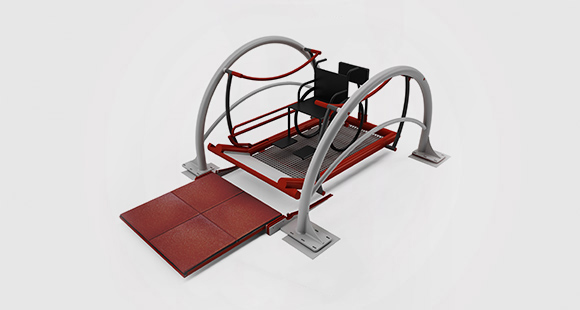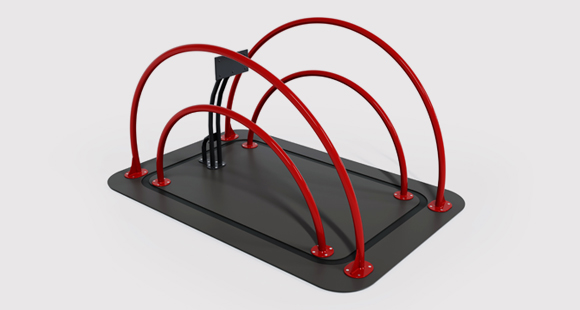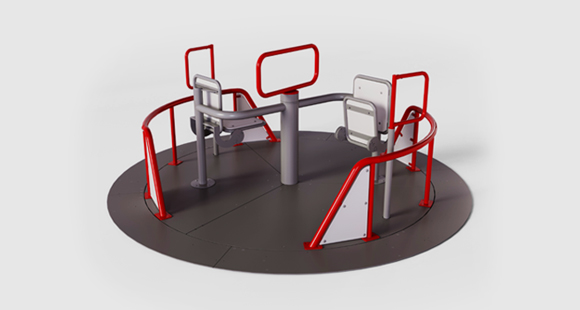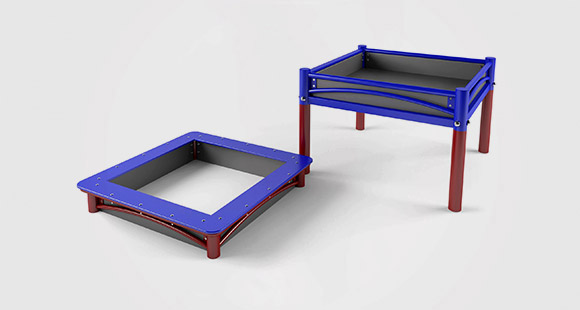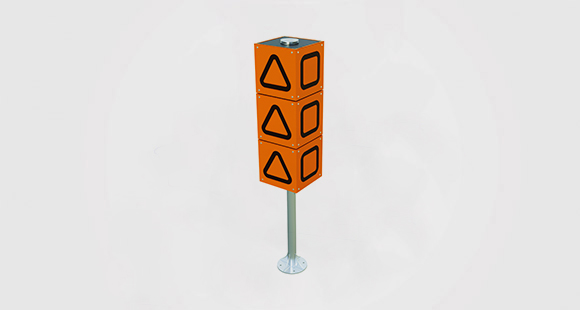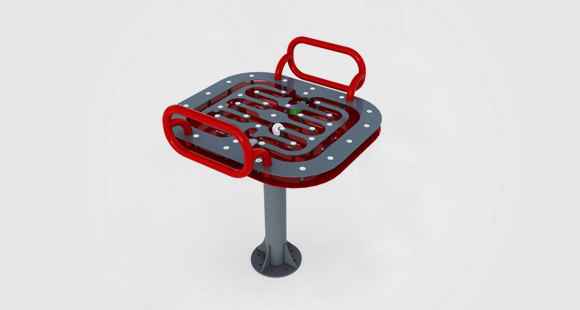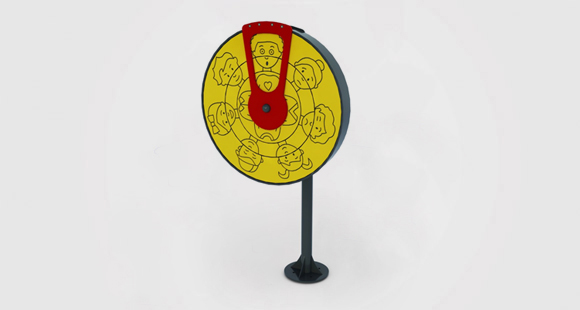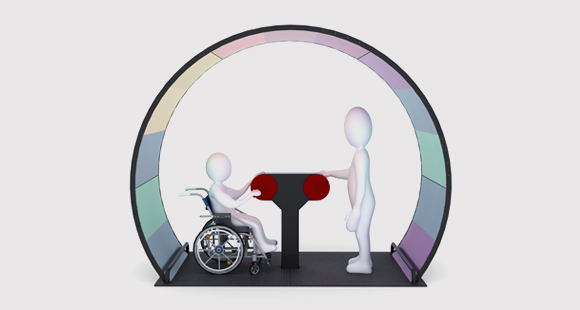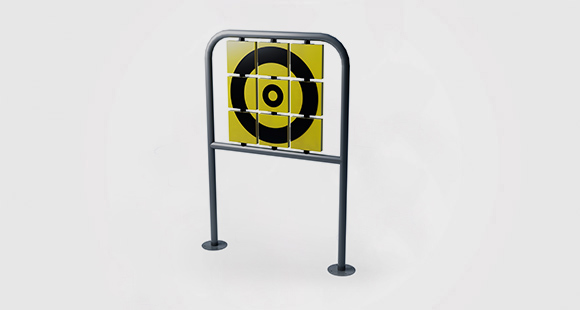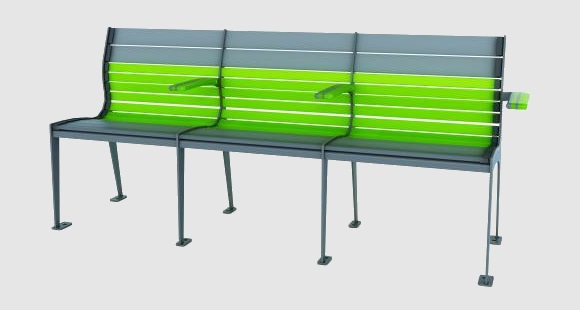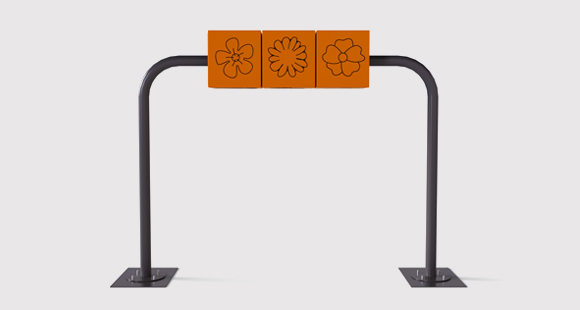Medical devices We design to help
PLANTS IN THE ACCESSIBLE PLAYGROUND
Plants are an important element influencing the friendliness of space and therapeutic and fun values. While the playground equipment is mainly functional, plants complete the whole design, adding aesthetic, sensory and functional value. Therefore, it is worth considering the space for plants at the design stage. There are a number of species that will do well in the playground space, will be attractive and safe for users.
Sensory integration
The sensory integration enables the correct reception and processing of stimuli coming from the external and internal environment (touch, movement, deep feeling, taste, smell, hearing, vision). These stimuli are perceived by the nervous system, interpreted and our body reacts appropriately to the received sensory information.
Some of the playground equipment is dedicated to sensory integration or indirectly has such a function (e.g. swings, merry-go-rounds). However, it is worth paying attention to the priceless values of plants in the context of stimulating the neurological system of children.
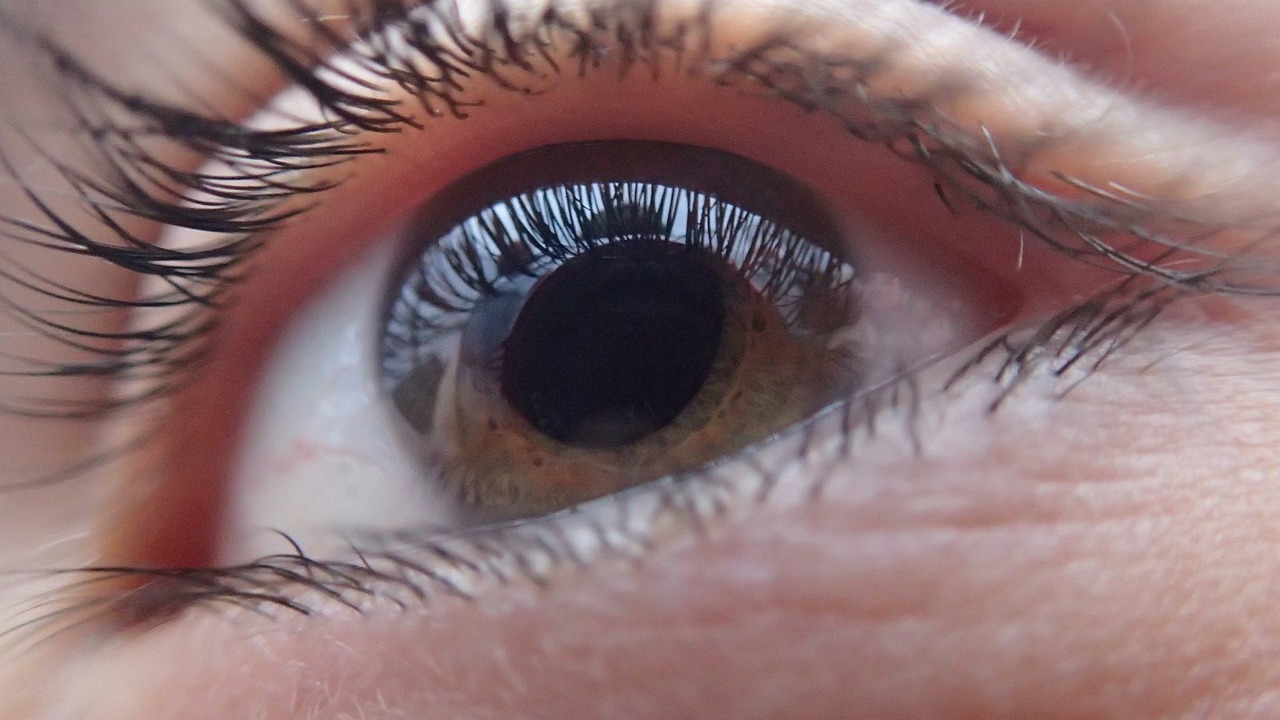
The point is not to "bomb" the child sensually, but to give him the opportunity to experience various sensory stimuli while playing in such a way that they will become a natural part of the time spent in the playground.
Supporting sensory integration is important both in the case of children with various disabilities, but also with certain developmental problems, and is also needed by healthy children, as a natural stage of learning about the world.
Plants vs the senses
Plants provide children with various impressions and stimuli stimulating the neurological system and supporting therapy and development.
The sense of hearing is stimulated by the noise of leaves moving in the wind, ripening and breaking fruits. The smell is stimulated by the aromas of flowers and herbs, which, when planted in appropriate configurations, blend into wonderful aroma compositions as well as deciduous trees and shrubs during flowering and conifers, giving off a specific smell. The sense of sight is stimulated by multi-colored arrangements of contrasting or harmonious colors. The development of the sense of touch is influenced by elements with variable textures, states of aggregation and temperature. Cones are perfect and safe, which children also like to play in the playground.
The sense of taste can be stimulated by the cultivation of edible fruits, vegetables and herbs. Therefore, all vegetable gardens are perfect, but they are not recommended for public playgrounds. However, it is worth taking them into account in special playgrounds, closed sensory gardens at therapeutic facilities.
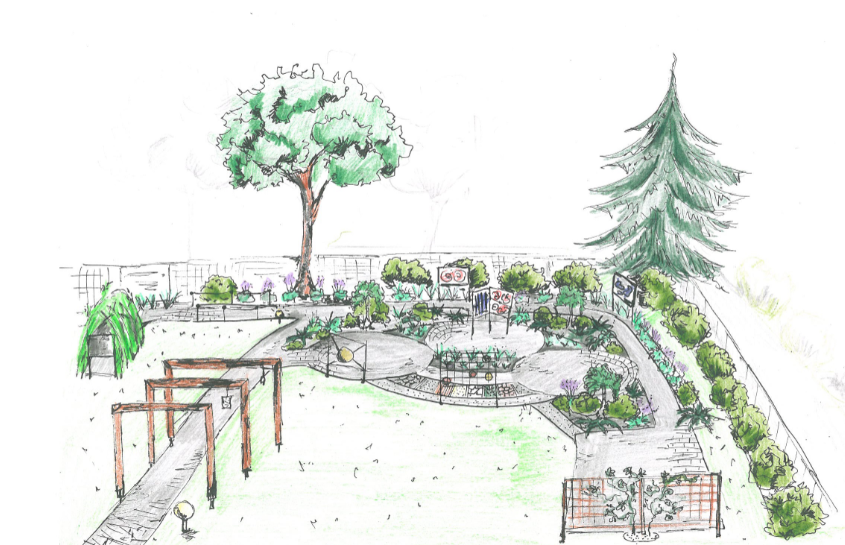
Safe plants
When choosing plants species for playgrounds, remember that there is a large group of children who are allergic. Everyone can be allergic to a different allergen, but there is a group of plants (grasses, flowering deciduous trees - willows, birches, hazel) which, despite their decorative qualities, can be dangerous for playground users during the flowering phase.
Not always it means that such plants should not be planted, but they should definitely be moved away from places where long-term users of playgrounds stay, i.e. sandboxes, rest areas, play sets, where children play in one place for a long time.
There is also a number of species which can be poisonous. Particular attention should be paid to the fruits of these plants, which may be tempting to use in play due to their attractive colors or textures. Children may eat them involuntarily.
When choosing tree species, it is also worth paying attention to the danger of climbing trees, helping oneself with climbing on the playground equipment or the possible breaking of branches and their fall onto playground equipment. To safely arrange such a space, large trees should be kept away from places where children play.
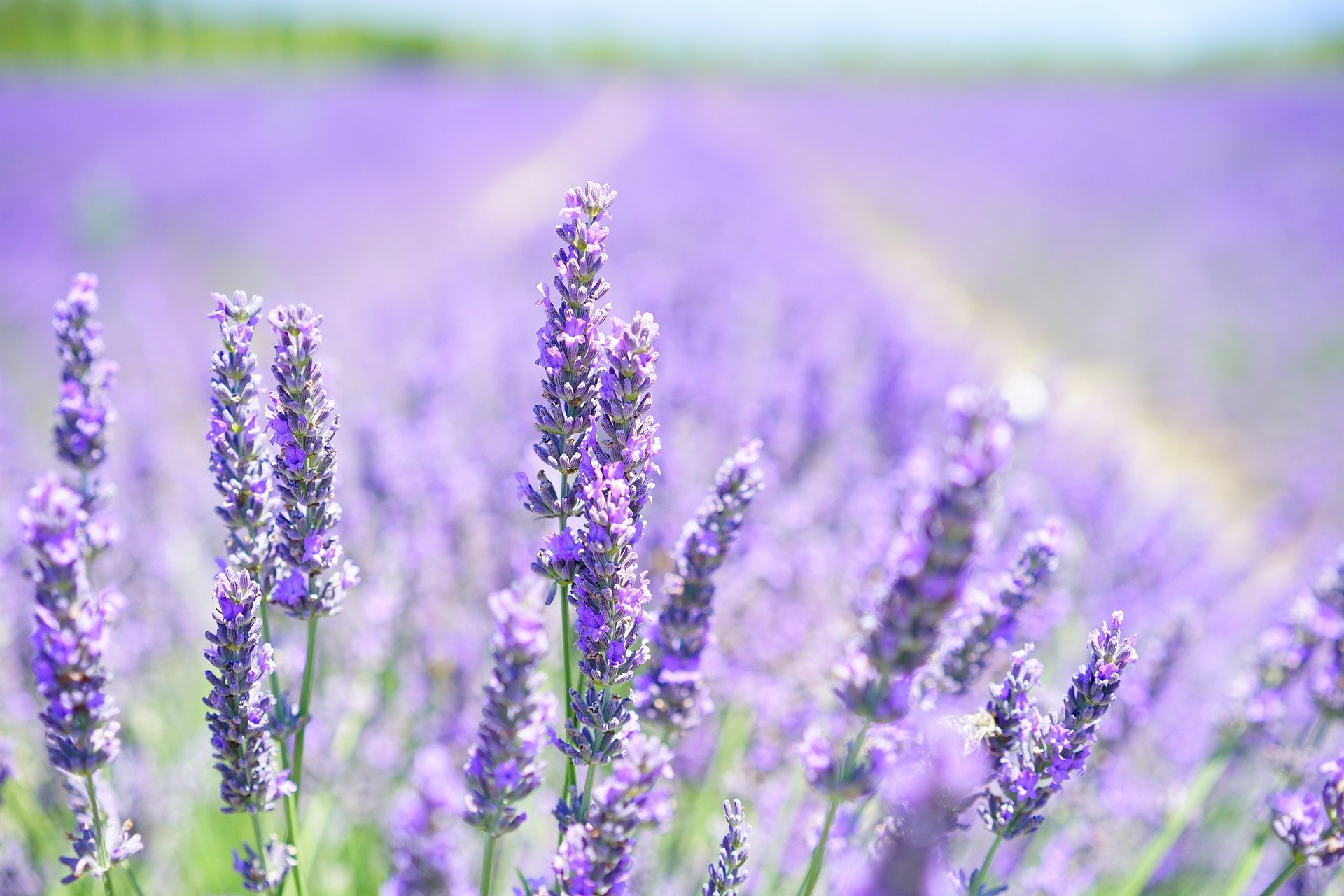
Care of plants in the playground
Plants are living creatures and require care. These treatments will affect not only their condition and aesthetic values, but also the safety of playground users.
Plants in the playground will require watering (so you will need a water source to which you can connect a hose or sprinklers), shining cuts in the season and care. Flowering shrubs will require pruning to sustain abundant annual flowering. Hedge or shaped forms should be kept in the desired habit. Leaves that have fallen from deciduous plants will require raking and removal from the playground area.
Before the design of the playground is created, it is necessary to determine whether the administrator has appointed a person responsible for the maintenance of green areas in his area or whether he is ready to hire a company that will comprehensively take care of the greenery several times a season.
Advised species
Deciduous shrubs
Spirea japonica
Spirea × cinerea ‘Grefsheim’
Budleya davidii ‘Ile de France’
Cornus alba
Tamarix parviflora
Syringa vulgaris
Sambucus nigra
Physocarpus opilifolius ‘Luteus’ and ‘Diabolo’
Cotoneaster horyzontalis
Potentilla fruticosa
Buxus sempervirens
Philadelphus coronarius
Wejgela floribunda ‘Nana Variegata’, ‘Nana Purpurea’
Deutzia scabra
Symphoricarpos albus
Ribes aureum
Chaenomeles japonica
Coniferous shrubs
Juniperus chinensis ‘Variegata’
Juniperus horizontalis
Picea abies ‘Nidiformis’
Picea abies ‘Conica’
Pinus mugo var mugus
Abies koreana
Deciduous trees
Catalpa bigonioides
Acer platanoides ‘Globosa’
Acer negundo ‘Aureomarginatum’
Betula pendula ‘Youngii’
Crataegus media ‘Paul’s Scarlet’
Prunus serrulata ‘Kanzan’
Sorbus aucuparia
Carpinus betulus
Viburnum opulus ‘Sterile’
Koelreuteria paniculata
Aesculus hippocastanum
Platanus acerifolia
Tilia cordata
Coniferous trees
Picea abies
Pinus nigra
Abies koreana
Picea pungens ‘Conica’
Perennials
Salvia nemorosa
Nepeta ssp.
Bergenia cordifolia
Heuchera ssp.
Hosta ssp.
Thymus serpyllum
Hemmerocalis ssp.
Gunnera manicata
Verbascum ssp.
Geranium ssp.
Rudbeckia fulgida
Gaillardia hybrida
Echinacea purpurea
Mentha ssp.
Salvia hispanica
Grasses
Festuca glauca
Miscanthus giganteus
Miscanthus sinensis
Pennisetum alopecuroides
Calamagrostis × acutiflora
The following plants should be avoided:
Daphne mezereum,
Ilex aquifolium,
Laburnum anagyroides,
Taxus bacatta
Andromeda polifolia,
Euonymus europaeus,
Hedera helix,
Rhamnus cathartica,
Rododendron ssp,
Robinia pseudoaccacia
Some flowering plants may pose a risk due to the toxicity of their flowers:
Convallaria mayalis,
Delphinium × cultorum,
Helleborus ssp.,
Papaver officinalis,
Solanum nigrum.



